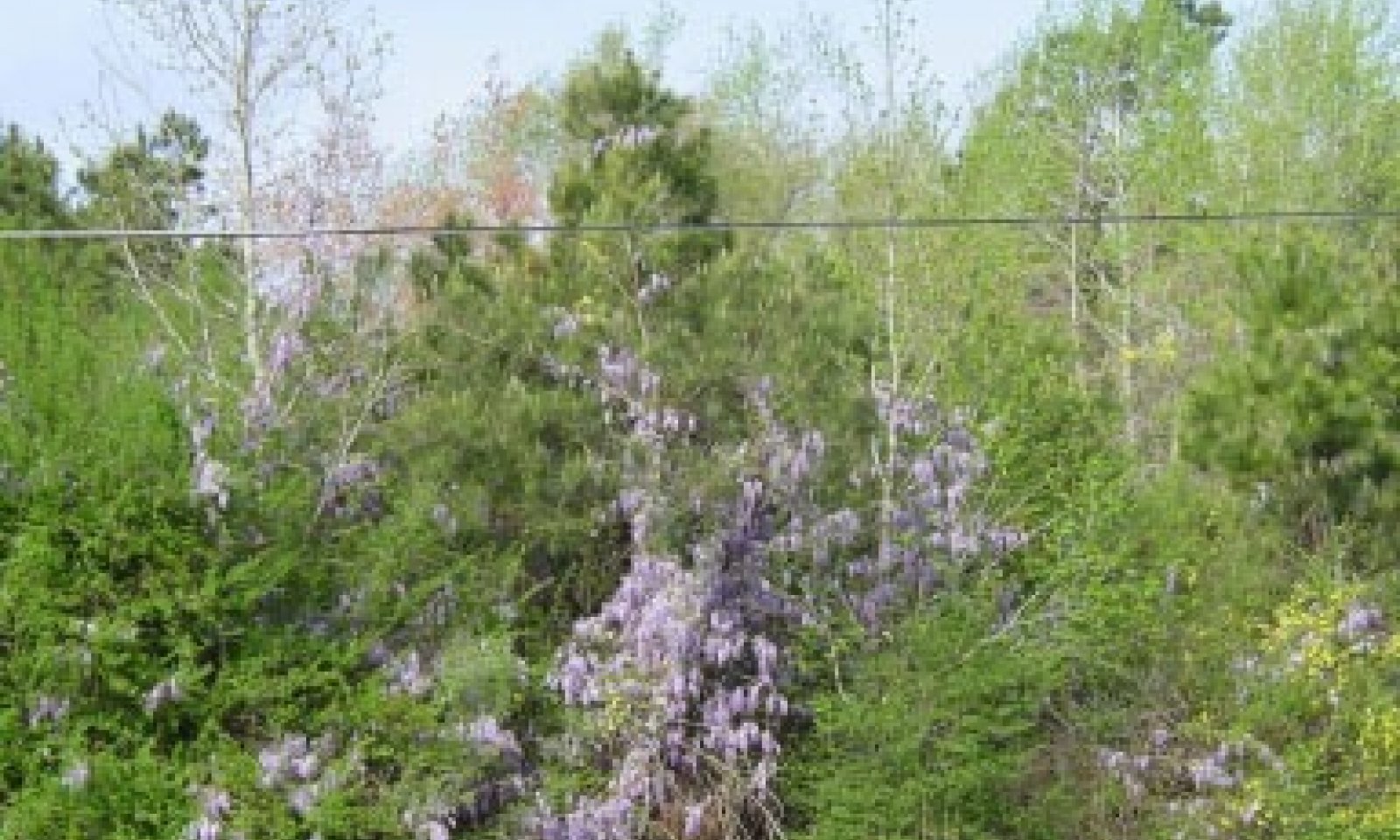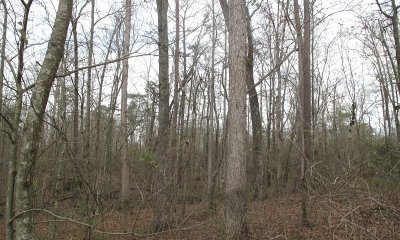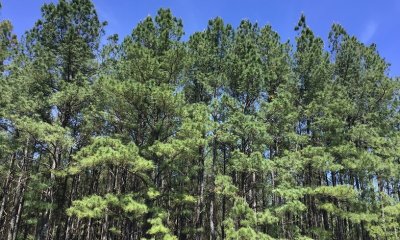
Sandstone Steep
Scenario model
Current ecosystem state
Select a state
Management practices/drivers
Select a transition or restoration pathway
- Transition T1A More details
- Transition T1B More details
- Restoration pathway R2A More details
- Transition T2A More details
- Restoration pathway R3A More details
-
No transition or restoration pathway between the selected states has been described
Target ecosystem state
Select a state
Description
Mature stands include a mixture of oak and hickory species. In some cases, pockets of shortleaf pine, Virginia pine and white pine may be present. Forestry is the most important land-use on this site. It is not well suited for crops or pasture.
Natural disturbances include ice, wind, and fire. These have historically been very important in regenerating stands. Human induced disturbances include mining, forestry practices such as clear-cutting, and fire.
Submodel
Description
This state is caused by extensive invasion by non-native plants that can over-run native vegetation, prohibit regeneration of native species, and completely alter the ecological potential of a site. This state can include multiple species and treatment/control will vary depending on local site conditions, species composition, management goals and available resources. All recommendations should be given by an expert at the local level. Commonly noted invasive species of concern on this site included the non-native privets and wisterias. Wisteria in particular can girdle trees and eventually lead to their death. It can completely overwhelm native flora and will take over a site if left untreated.
Description
This state is characterized by pine plantations, typically loblolly pine (Pinus taeda). Loblolly pine naturally occurs in the southern U.S. but in this state, they are managed as plantations and, unless abandoned, do not revert to the naturalized state. Forestry is the most important land-use for this state and management practices can be based on natural or artificial regeneration. Once that is decided, the methods used to achieve objectives can be determined. Many resources are available on the variety of management practices for loblolly pine plantations. Selection of management practices should be based on the site conditions, management goals and resources available for the stand.
Mechanism
Disturbance (in some cases); invasion by non-native plant species
Mechanism
Conversion to pine plantation. Management approaches can vary based on the condition and species composition of the stand and the operational goal. Practices might include clearing, site preparation, weed control, fertilization, planting, thinning, etc.
Mechanism
Management and control of non-native, invasive plant species. Methods vary and will depend on site-specific conditions as well as the species of concern and overall goals.
Mechanism
An invaded state could transition to a pine plantation only with intensive management to control non-native species and most like plant pine and maintain competition control including non-natives.
Mechanism
If pine plantations are not managed and allowed to mature naturally, they will eventually revert to a mixed hardwood/pine forest as pines die out over time. Disturbance can play a role in this dynamic as well (both natural and human-caused). Southern pine beetle can decimate a pine plantation, resetting conditions for hardwood regeneration and natural pine regeneration. Storm damage can have a localized similar affect. Management practices that mimic natural disturbances can accelerate natural succession if that is a goal. Outcomes will always depend on stand-level conditions, including the presence of hardwood tree roots that are in tact and alive. They can sprout vigorously after sunlight is allowed back into the understory. As with any forest management in the south, non-native invasive plants should be a top concern as they often proliferate after a disturbance.
Model keys
Briefcase
Add ecological sites and Major Land Resource Areas to your briefcase by clicking on the briefcase (![]() ) icon wherever it occurs. Drag and drop items to reorder. Cookies are used to store briefcase items between browsing sessions. Because of this, the number of items that can be added to your briefcase is limited, and briefcase items added on one device and browser cannot be accessed from another device or browser. Users who do not wish to place cookies on their devices should not use the briefcase tool. Briefcase cookies serve no other purpose than described here and are deleted whenever browsing history is cleared.
) icon wherever it occurs. Drag and drop items to reorder. Cookies are used to store briefcase items between browsing sessions. Because of this, the number of items that can be added to your briefcase is limited, and briefcase items added on one device and browser cannot be accessed from another device or browser. Users who do not wish to place cookies on their devices should not use the briefcase tool. Briefcase cookies serve no other purpose than described here and are deleted whenever browsing history is cleared.
Ecological sites
Major Land Resource Areas
The Ecosystem Dynamics Interpretive Tool is an information system framework developed by the USDA-ARS Jornada Experimental Range, USDA Natural Resources Conservation Service, and New Mexico State University.




